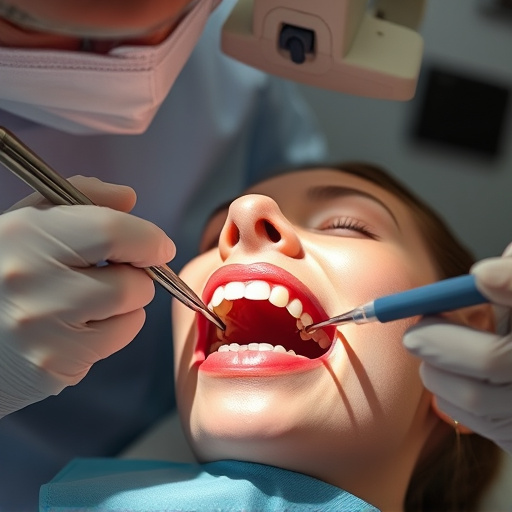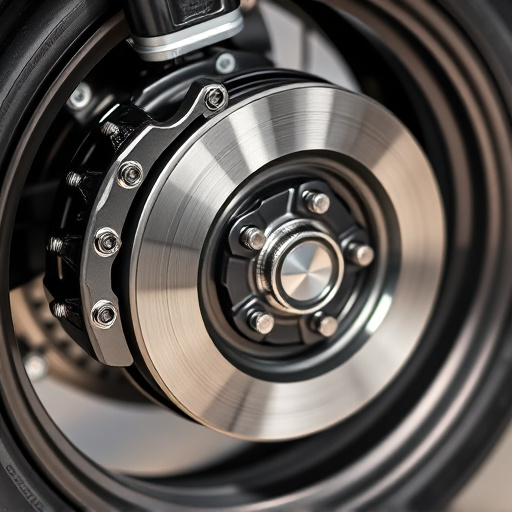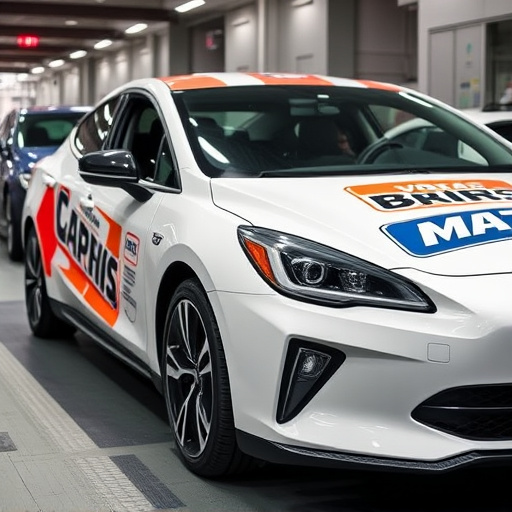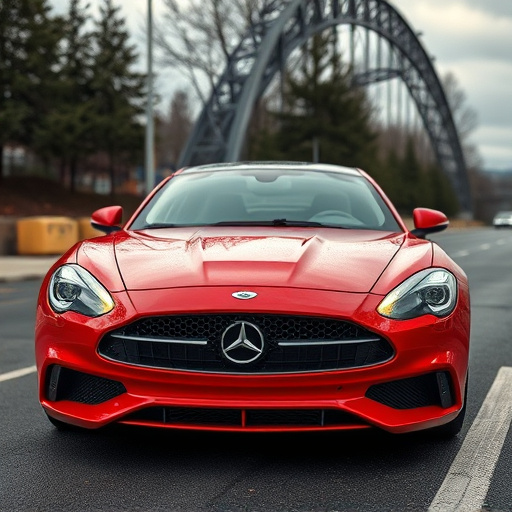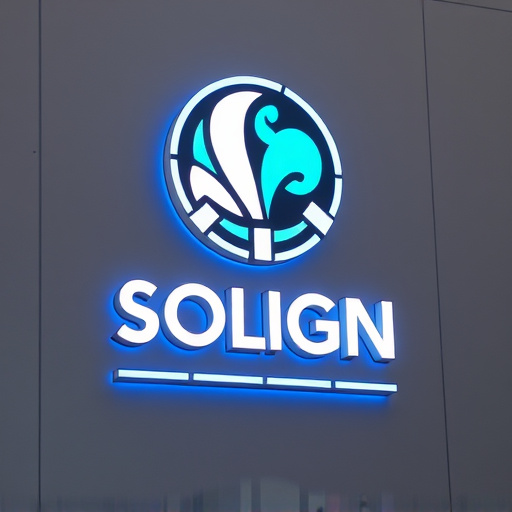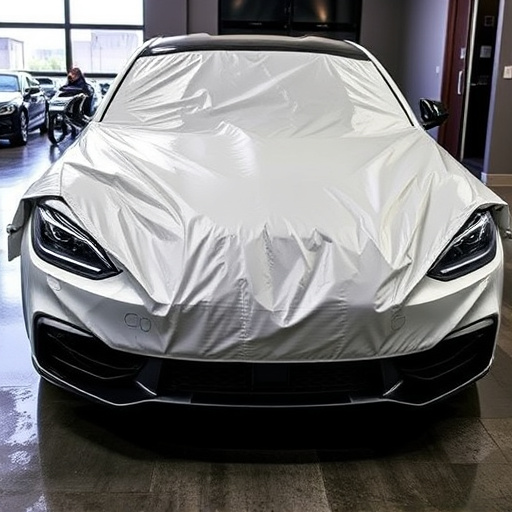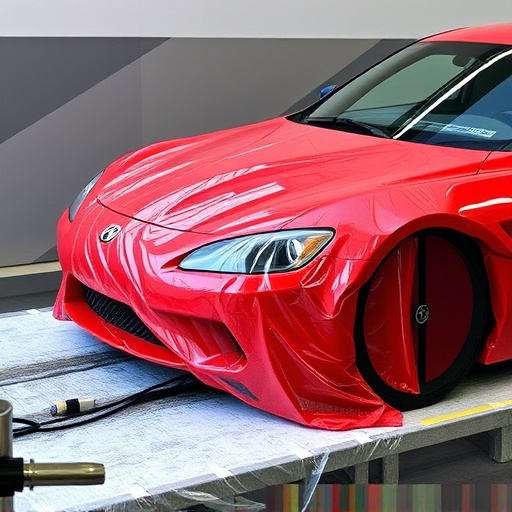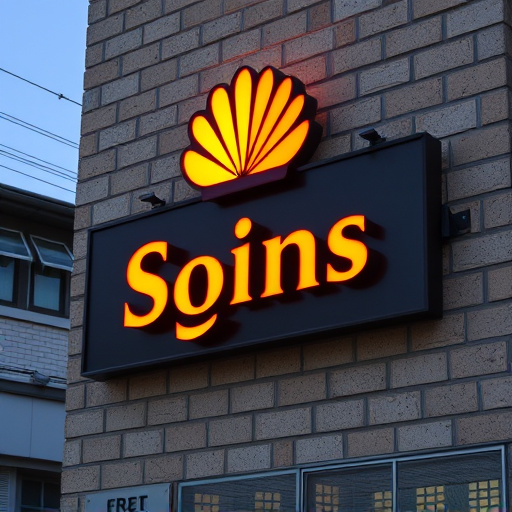Scratch-resistant coatings (SRCs) are revolutionizing vehicle care by offering a protective layer against scratches, swirls, and UV damage. These advanced coatings, often integrated with services like vehicle wraps and paint correction, prolong the lifespan of automotive finishes and enhance their aesthetic appeal. The selection of an appropriate SRC depends on factors such as surface type, environmental conditions, intended use, and required protection level. Premium multi-layer systems provide long-lasting results, ensuring vehicles maintain their pristine appearance and increased resale value.
In today’s fast-paced world, vehicles endure a lot. From rough road conditions to daily exposure to harsh elements, automotive surfaces are prone to scratches. A scratch-resistant coating emerges as a game-changer in vehicle protection. This article delves into the science and benefits of these advanced coatings, exploring how they safeguard your car’s exterior while enhancing its aesthetics. We’ll guide you through choosing the right coating, considering factors for optimal performance and durability.
- Understanding Scratch Resistant Coatings: The Science Behind the Shield
- Benefits and Applications: Protecting Automotive Beauty
- Choosing the Right Coating: Factors for Optimal Performance and Durability
Understanding Scratch Resistant Coatings: The Science Behind the Shield
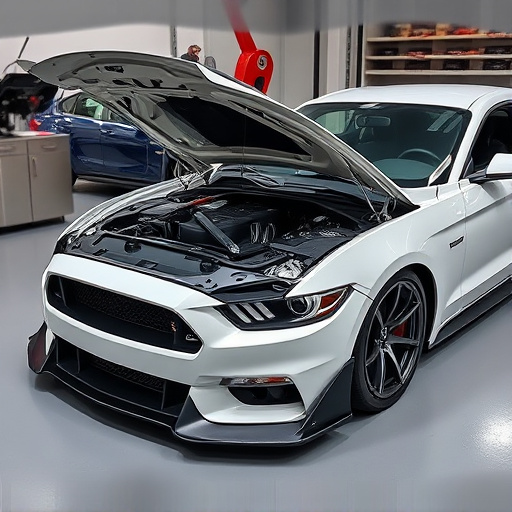
Scratch resistant coatings have emerged as a game-changer in the automotive industry, offering a protective shield for vehicles’ exterior surfaces. These advanced coatings are designed to withstand the rigors of daily driving, including exposure to harsh weather conditions and potential scratches from road debris. The science behind these protective layers involves a meticulous process that combines polymer chemistry and innovative manufacturing techniques.
At their core, scratch-resistant coatings feature robust polymer chains that interlock to create a robust barrier. This intricate network of molecules forms a flexible yet durable layer that can withstand minor scuffs and scratches without compromising the underlying paint or finish. Additionally, these coatings often incorporate ceramic or nanomaterials for enhanced durability and resistance to UV rays, further protecting the vehicle’s surface from fading and damage caused by environmental factors. This technology allows for not just the preservation of a car’s aesthetic appeal but also extends its lifespan, especially when combined with services like vehicle wraps and custom graphics, ensuring that paint correction remains effective over extended periods.
Benefits and Applications: Protecting Automotive Beauty
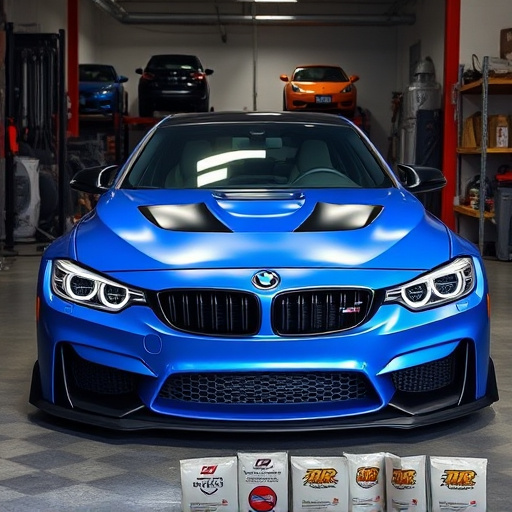
A scratch-resistant coating offers numerous benefits for maintaining the aesthetic appeal and longevity of automotive surfaces. By applying this advanced protective layer, car owners can prevent or minimize unsightly scratches, swirls, and marring that often result from everyday driving conditions, such as debris kicked up by other vehicles or contact with road surfaces. This is particularly valuable for keeping a vehicle’s finish looking pristine, enhancing its overall beauty and resale value.
One of the key applications of scratch-resistant coatings is in paint correction services, where they play a vital role in restoring damaged finishes to their original condition. They are also commonly used in ceramic window tinting processes to safeguard the clear coat and base layers beneath, ensuring longevity against UV damage and stone chips. Additionally, vehicle wraps with scratch-resistant coatings provide an extra layer of protection for custom paint jobs or unique color schemes, giving them a longer lifespan, even under harsh environmental conditions.
Choosing the Right Coating: Factors for Optimal Performance and Durability
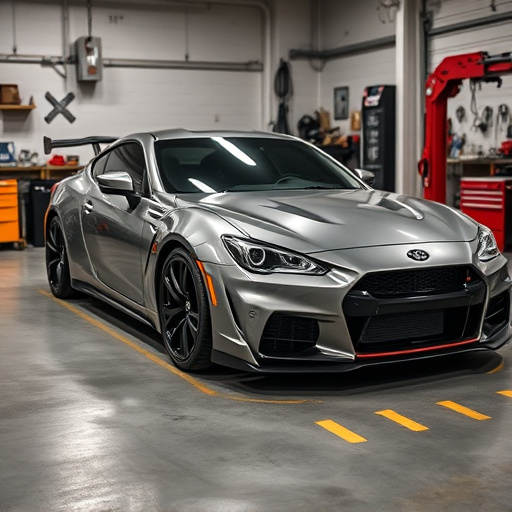
Choosing the right scratch-resistant coating is a crucial step in maintaining the sleekness and integrity of automotive surfaces. Several factors influence its optimal performance and durability. First, consider the type of surface to be coated; different materials like paint, clear coat, or plastic require specific formulations to ensure adhesion and protection. The environment also plays a significant role; areas with high UV exposure necessitate coatings offering superior sun protection to prevent premature fading and degradation.
Additionally, the intended use of the vehicle should guide coating selection. For instance, high-performance coatings designed for racecars differ from those suitable for everyday vehicles in terms of rigidity and resistance to extreme conditions. Moreover, understanding the level of protection needed—light scuffs or heavy duty—is essential when selecting a scratch-resistant coating. Premium automotive services often recommend multi-layer systems that combine paint correction with advanced UV protection for lasting results.
Scratch resistant coatings are not just a cosmetic enhancement for vehicles; they provide a protective layer that preserves automotive surfaces, enhances aesthetics, and ensures long-lasting beauty. By understanding the science behind these coatings, recognizing their diverse applications, and selecting the right product based on specific needs, car owners can effectively safeguard their vehicles from everyday wear and tear. Incorporating a scratch resistant coating is a smart choice for anyone seeking to maintain the pride and value of their automotive investment.


